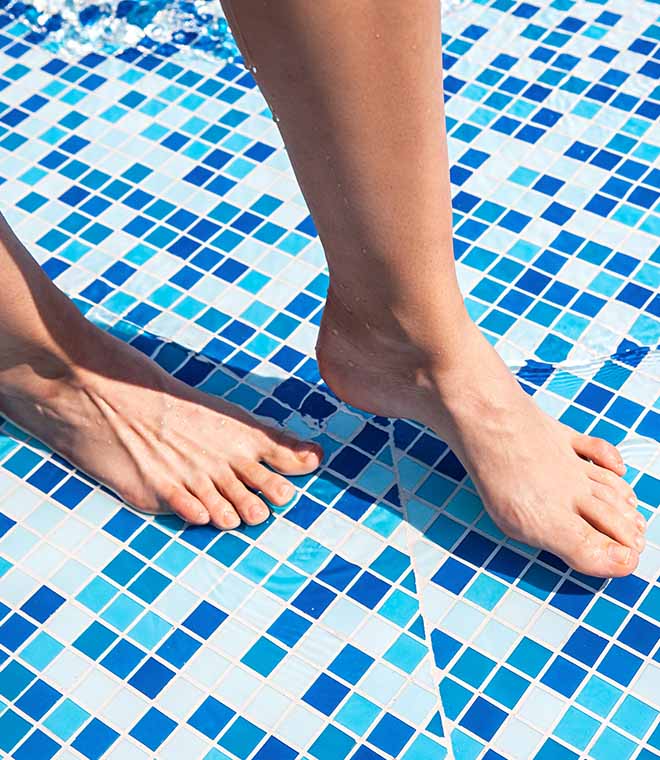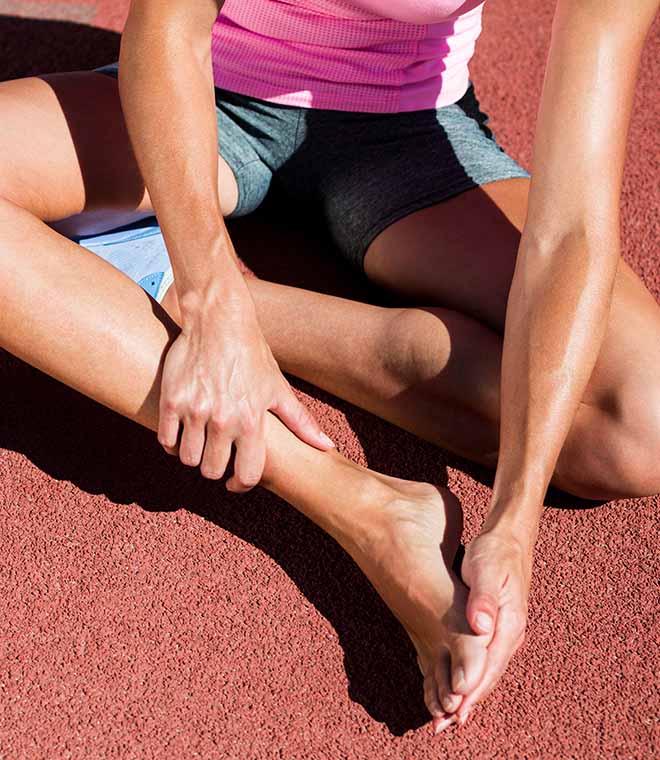Health
What does athlete’s foot look like?
By Anna H. Chacon, MD, FAAD Sep 27, 2022 • 3 min
Athlete's foot is a common fungal infection that occurs on the bottoms of the feet, the pads of the toes and the skin between the toes. Athlete’s foot doesn’t always appear the same for everyone. Understanding the various symptoms can help you determine whether you have athlete’s foot or another type of foot rash.
What does athlete’s foot look like?
Athlete's foot manifests in many different ways. For many, it occurs as red, itchy toes, either on the pads or on the skin between the toes. Cracked skin between the toes may build up and cause crusty toes. Skin peeling between toes may itch or become inflamed or infected.
In more severe cases, athlete’s foot can cause a bumpy, red rash or scaly feet that are dry, cracked and peeling. There also may be sores, bumps and blisters that can become painful, especially when the fungal infection becomes infected with bacteria. Sores between toes may develop if the fungal infection is left untreated.
In some cases, athlete’s foot doesn’t show visible signs and instead occurs simply as itchy feet and toes. If you see signs of infection, such as inflammation, swelling, blisters or pus, contact your healthcare provider immediately.
How is athlete’s foot treated?
Athlete’s foot is contagious, so treating it as soon as possible helps prevent it from spreading. Many over-the-counter (OTC) topical medications are effective for treating athlete's foot, but for more severe cases, prescription medication may be needed.
If you have athlete’s foot and over-the-counter medications aren’t improving your condition after a month or two of use, see your healthcare provider. If you develop blisters or sores in between toes, seek treatment from your healthcare provider. People with athlete’s foot can develop a bacterial infection of the feet, which can be serious—and very painful.
Published May 2022.



